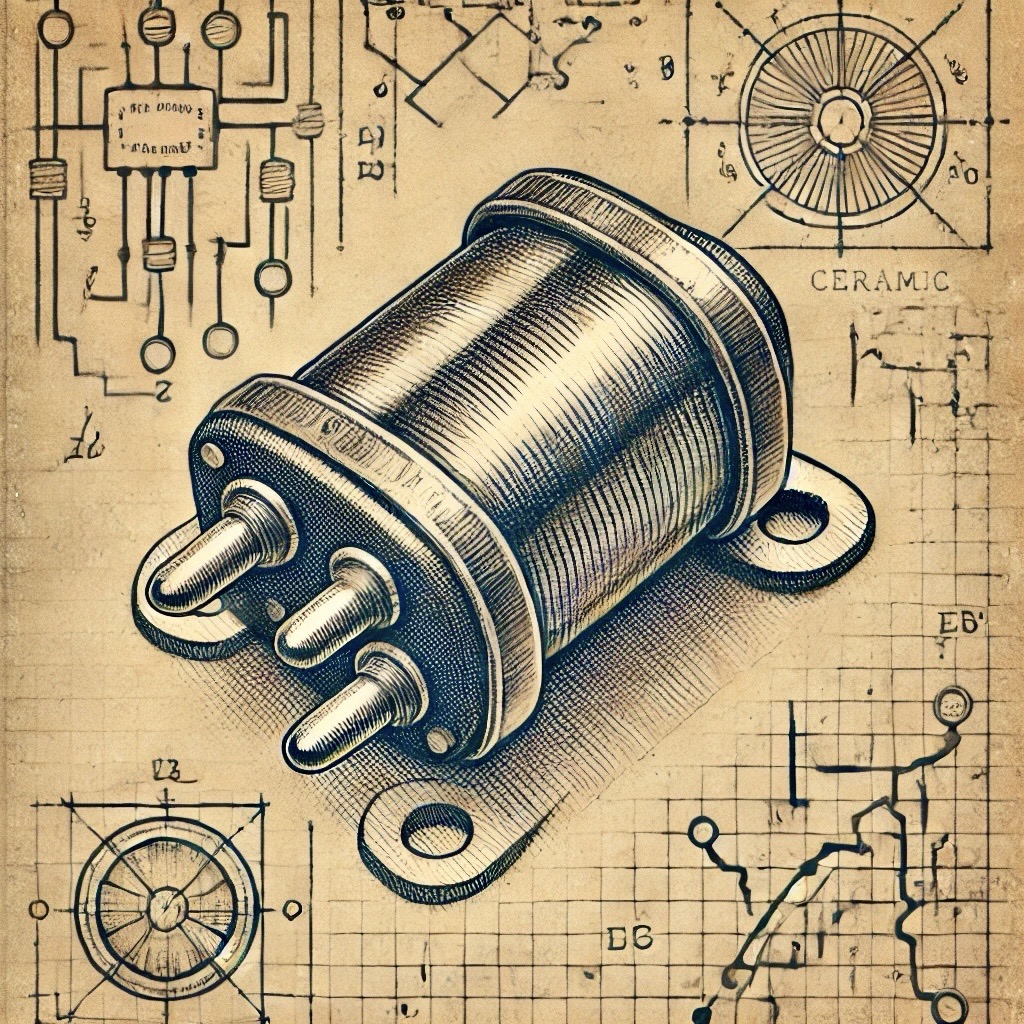What is a Transformer?
A transformer is an electrical device that transfers electrical energy between two or more circuits through electromagnetic induction. It is commonly used to either step-up (increase) or step-down (decrease) voltage levels in power systems.
How Do Transformers Work?
Transformers work on the principle of electromagnetic induction. When an alternating current (AC) passes through the primary winding, it creates a magnetic field that induces a voltage in the secondary winding. Depending on the number of turns in the windings, the voltage can be increased or decreased.
- Primary Winding: The winding where the AC is initially applied.
- Secondary Winding: The winding where the output voltage is induced.
- Core: A magnetic material that enhances the inductive coupling between the windings.
Types of Transformers
There are various types of transformers, each designed for specific functions and applications. Below are the most common types:
- Step-Up Transformers: Increase the voltage from the primary to the secondary winding. They are commonly used in power plants to step up the voltage for transmission over long distances.
- Step-Down Transformers: Decrease the voltage from the primary to the secondary winding. These are used in substations to step down the voltage for distribution to homes and businesses.
- Isolation Transformers: Provide electrical isolation between circuits without changing voltage levels. They are often used to protect sensitive equipment from electrical surges.
Step-Up Transformers
Step-up transformers increase the voltage from the primary to the secondary winding. The number of turns in the secondary winding is greater than that in the primary, resulting in a higher voltage output. These transformers are crucial in power transmission over long distances, as they help reduce current and minimize power loss.
Applications of Step-Up Transformers
- Power plants for transmitting electricity to distant locations
- Electrical appliances requiring higher voltages
Step-Down Transformers
Step-down transformers decrease the voltage from the primary to the secondary winding. The number of turns in the primary winding is greater than that in the secondary, which results in a lower voltage output. These transformers are used in distribution networks to step down high transmission voltages to safe levels for use in homes and businesses.
Applications of Step-Down Transformers
- Electrical distribution systems to step down high transmission voltages
- Household appliances
- Chargers for electronic devices
Isolation Transformers
Isolation transformers provide electrical isolation between two circuits while maintaining the same voltage levels. They are designed to protect sensitive equipment from electrical noise, surges, or spikes by isolating them from the main power supply.
Applications of Isolation Transformers
- Protecting sensitive electronic equipment from electrical surges
- Providing noise-free power to medical devices and laboratory equipment
- Used in uninterruptible power supply (UPS) systems for data centers
Applications of Transformers
Transformers are used in various industries and applications where voltage levels need to be adjusted or isolation is required. Here are some key applications:
- Power Distribution: Transformers are essential in power transmission and distribution systems to adjust voltage levels for efficient transmission and safe distribution.
- Voltage Regulation: In power supplies, transformers help regulate voltage levels to ensure consistent power delivery to devices and systems.
- Electrical Isolation: Isolation transformers are used to isolate sensitive equipment from the main power source, protecting it from electrical noise and surges.
